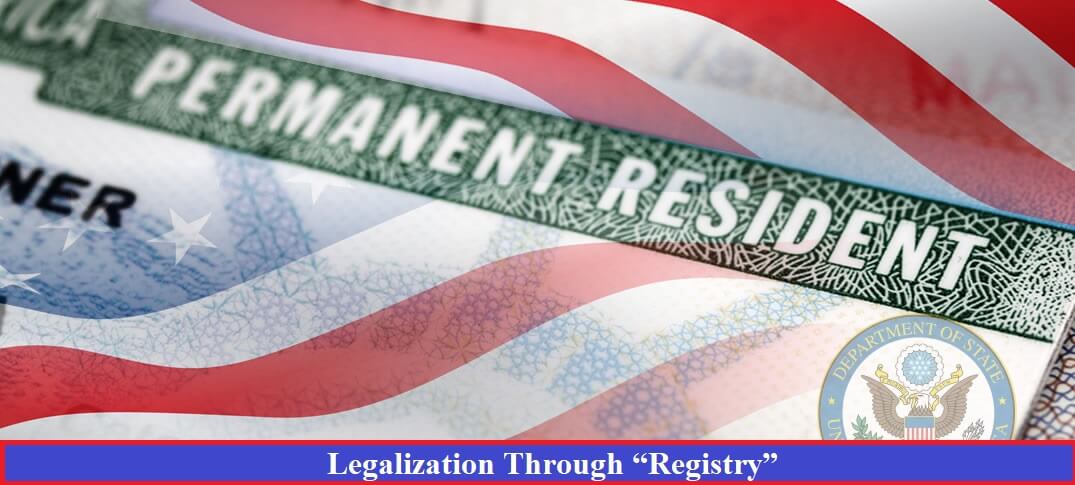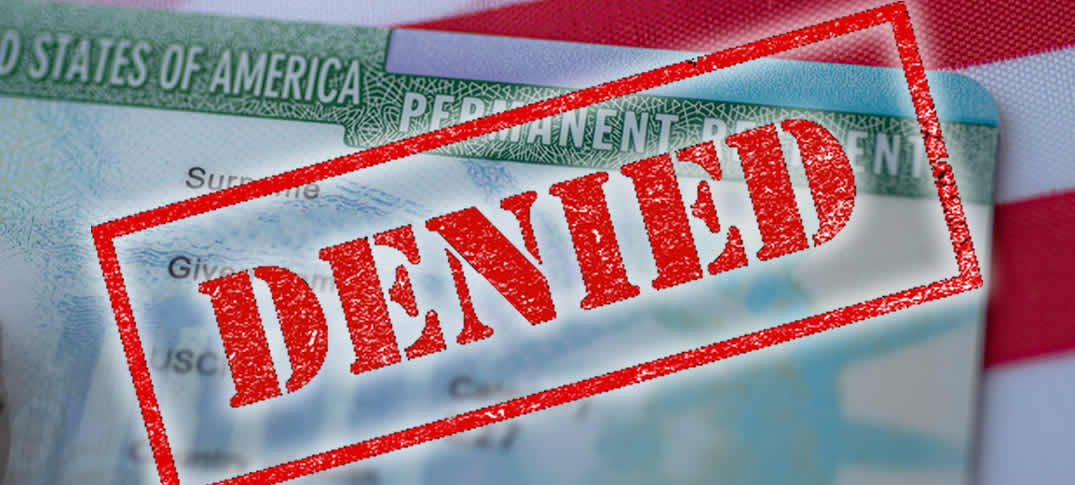This nonimmigrant classification applies to people who wish to perform services in a specialty occupation, services of exceptional merit and ability relating to a Department of Defense (DOD) cooperative research and development project, or services as a fashion model of distinguished merit or ability.
Eligibility Criteria
1. General Requirements H-1B Specialty Occupations
The occupation requires:
- Theoretical and practical application of a body of highly specialized knowledge; and
- Attainment of a bachelor's or higher degree in a directly related* specific specialty (or its equivalent) as a minimum for entry into the occupation in the United States.
The position must also meet one of the following criteria to qualify as a specialty occupation:
- A U.S. bachelor’s or higher degree in a directly related specific specialty, or its equivalent, is normally the minimum entry requirement for the particular occupation
- A U.S. bachelor’s or higher degree in a directly related specific specialty, or its equivalent, is normally required to perform job duties in parallel positions among similar organizations in the employer’s industry in the United States;
- The employer, or third party if the beneficiary will be staffed to that third party, normally requires a U.S. bachelor’s or higher degree in a directly related specific specialty, or its equivalent, to perform the job duties of the position; or
- The specific duties of the offered position are so specialized, complex, or unique that the knowledge required to perform them is normally associated with the attainment of a U.S. bachelor’s or higher degree in a directly related specific specialty, or its equivalent. For more information, see 8 CFR §214.2(h)(4)(iii)(A). For purposes of the specialty occupation criteria at paragraphs (h)(4)(iii)(A)(1) through (4), “normally” means conforming to a type, standard, or regular pattern, and is characterized by what is considered usual, typical, common, or routine. Normally does not mean always.
For purposes of the specialty occupation definition and criteria, “directly related” means that there is a logical connection between the required degree, or its equivalent, and the duties of the position. See 8 CFR § 214.2(h)(4)(ii).
For you to qualify to perform services in a specialty occupation you must meet one of the following criteria:
- Hold a U.S. bachelor’s or higher degree required by the specialty occupation from an accredited college or university;
- Hold a foreign degree that is the equivalent to a U.S. bachelor’s or higher degree required by the specialty occupation from an accredited college or university; or
- Hold an unrestricted state license, registration, or certification that authorizes you to fully practice the specialty occupation and be immediately engaged in that specialty in the state of intended employment.











